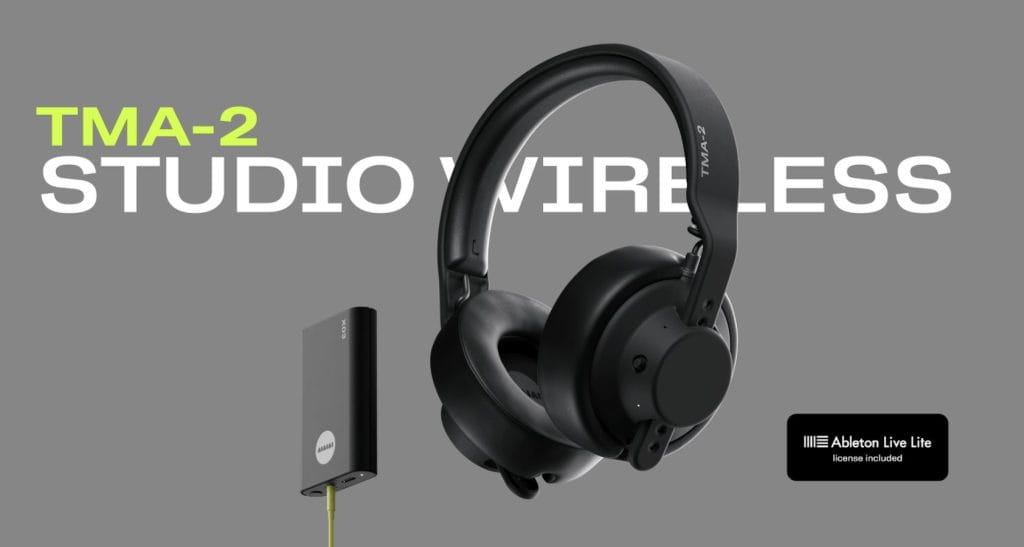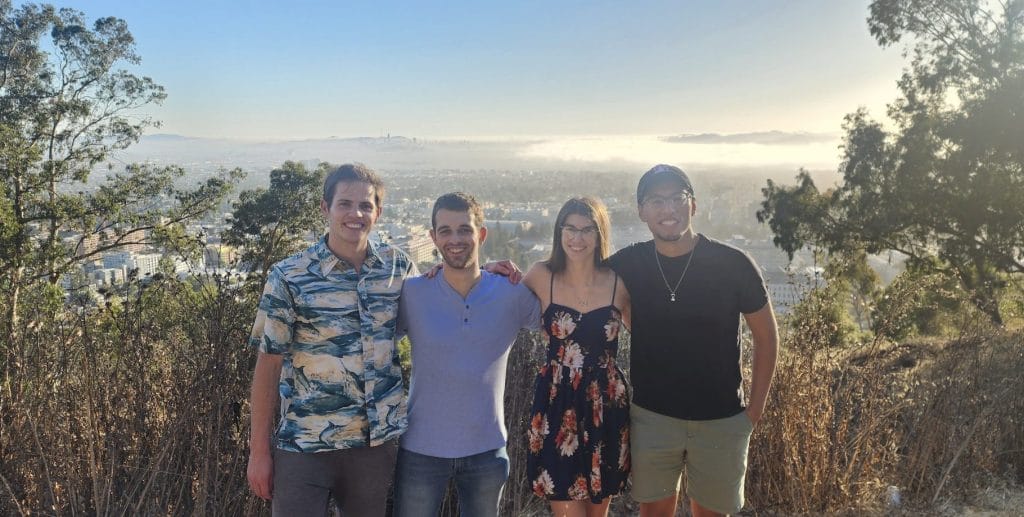You reach a point where your ideas feel clear, the sessions move smoothly, and the music finally lines up with what you planned.
Then release week shows up, the numbers barely move, and it hits harder than you expect. It forces you to face something most artists avoid dealing with. Strong music travels only when it sits inside a real system.
Right now the artists who move forward are the ones who treat promotion like a chain of steps that all feed into each other. Each step influences the next and shapes the full run of a release. Once you see how that chain works, the whole process stops feeling chaotic and starts feeling like something you can guide with intention.
My goal with this guide is to walk you through that chain in a clear and grounded way. No fluff. No vague concepts. No heavy jargon. By the time you reach the end, you’ll understand how the major tools connect and how the full pipeline helps listeners find you, pay attention, and stay with you.
Jump To These Sections
Why Promotion Platforms Matter For The Modern Artist
The listeners who show up in the first week influence the full release.
They give streaming platforms clear signals, show the algorithm who connects with your music, and create the kind of early proof curators and outlets pay attention to. When a track reaches a few thousand plays early on, it becomes far easier to approach media, playlists outside Spotify, YouTube channels, and SoundCloud curators. That early movement shows your release already found an active audience.
Many artists try to spark this push through social posts alone, but that rarely creates enough traction to shift anything. Friends can only carry the release so far. Curators usually respond once they see attention building. When a month passes and the play count stays low, it becomes difficult to shape a narrative around the track or build toward your next drop.
A platform like One Submit helps solve this early-stage problem. It connects your release with curators, influencers, editors, and reviewers who focus on discovering new music. Your track reaches people who make decisions every day about what they feature, which creates a faster path to listeners who engage with intention rather than traffic that fades immediately.
The main advantage here is speed.
You gain feedback and placements during the window when streaming platforms pay the closest attention. You also gain that initial stream count that strengthens every other part of your release cycle. A track that climbs into the low thousands during week one carries far more weight when you bring it to press, channels, or curators evaluating new submissions.
Promotion becomes far more effective when you test ideas without draining your budget. Platforms like One Submit let you try different angles early and see what connects. Once you recognize a pattern that works for your audience, you can scale it with confidence instead of spending on scattered attempts. Early traction supports the rest of your plan, and the tools that help you secure those first listeners shape the entire cycle.
Building Momentum Through Playlist Networks
After a release receives its first wave of genuine listeners, playlist platforms start becoming more effective. Playlists work best when curators sense movement around a track. They respond to energy. They respond to tracks that demonstrate life. When you approach playlist platforms after your early push, you gain a better chance of receiving placements that matter.
Most playlist platforms connect you with curators who organize mood-driven, genre-focused lists that listeners use throughout the day. These lists offer reliable discovery because they funnel music toward people searching for a certain feeling.
The important part is timing. A track with zero momentum tends to blend into the background. A track showing early traction catches attention. When you approach playlist tools at that moment, you create a natural continuation of your release momentum.
Playlist platforms become more valuable when used as part of a sequence. First wave listeners strengthen curator confidence. Curator confidence strengthens your playlist presence. Playlist presence influences the algorithm.
It becomes a chain, step by step, that gives your track a better chance of sustaining interest past week one.
Understanding The Role Of Algorithmic Discovery
Algorithmic playlists shape a massive percentage of modern music discovery. Release Radar, Discover Weekly, Your Daily Mix, radio playlists, personalized recommendations, and endless variations appear in front of listeners all day.
These playlists respond to patterns. They track how listeners behave. The first wave of real listeners, followed by playlist placements, guides the algorithm toward clarity. When the algorithm understands your audience, it begins distributing your music to people with similar listening habits.
This is the moment where your release begins working for you. You no longer push your music. Your music moves through the system on its own.
Artists who want to improve this stage should focus on their metadata, their genre tags, their profiles on major DSPs, and the consistency of their release schedule. When everything inside your artist dashboard aligns with the real shape of your music, algorithmic performance improves. These dashboards are free, but the insights inside them become a critical part of your growth.
Once you understand how your listeners behave, you can strengthen your next release with better positioning.
Creating A Strong Social Presence Without Becoming A Performer On Camera

Social media creates pressure for a lot of musicians.
Many artists feel pushed into behaving like daily content creators, and that pressure makes people post nonstop and lose sight of why they make music. I see this often, and it turns something meaningful into a routine that drains your energy.
It helps to look at these platforms through a practical lens. They help listeners find you, fill shows, sell sample packs, and keep attention on your releases. When you treat social media as a tool that supports real outcomes, the process becomes easier to manage. You gain room to post with intention instead of trying to fill every day with new material.
A few focused posts each week can do far more than a constant stream of filler. Simple studio updates, short notes from your sessions, release prep, and anything that shows listeners who you are often carries more weight than high-effort content. Many producers lean toward industry tips because those posts feel safe, but those tips often reach peers rather than the people who attend shows or stream catalogs. It helps to figure out who your listeners are and what they respond to.
Once you see what creates real engagement, you can repeat that direction with clarity. Replication here means reinforcing the types of posts that move your audience toward the goals you care about. This level of intention builds momentum across releases because listeners understand who you are and what you value.
A steady pattern of focused posts becomes part of your release cycle. It influences early streams because people who feel connected to you pay attention. It also influences playlist decisions because curators notice artists who stay involved with their own projects. Over time this pattern helps new listeners stick with you and keeps your creative work aligned with the outcomes that matter.
The Importance Of Press, Blogs, Reviews, and Radio

Press plays a different role than playlists or social activity. It shapes how people see you. A review gives you something to share on release day. An interview becomes a piece for your EPK. These elements help when you pitch festivals, when promoters check your background, and when you work toward goals that rely on long-term credibility.
Press delivers the most value when you approach it with intention. Constant coverage from the same outlet brings limited impact. A stronger approach is to spread coverage across multiple releases. One drop might land two smaller features. The next drop might land two different ones. Over time this forms a trail that feels active, varied, and professional. It shows that multiple editors and curators found your work worth highlighting.
This kind of rotation matters because perception grows faster when coverage comes from different voices. It signals momentum to writers, radio editors, and platforms outside streaming. A few early features can set off a longer chain of opportunities. When your name appears in multiple places, people take you more seriously before you reach out.
Platforms like One Submit or SubmitHub help during the early stages by giving you access to a wide range of outlets without the stress of cold outreach. You reach writers who welcome independent artists and build a set of contacts you can return to across upcoming releases.
Press grows slowly, and the benefits compound over time. When you treat it as part of your long-term structure, the value becomes clear. It strengthens release-day proof, adds weight to your EPK, improves your festival and promoter pitches, and widens your visibility in each cycle. Once that pattern forms, the rest of your promotion plan builds on it.
Your Full Promotion Ecosystem Working Together

A healthy promotion system follows a natural rhythm. Your early listeners set the stage. Platforms like One Submit strengthens this early moment by connecting your track with curators and listeners who fuel the first wave of energy. That early activity improves your playlist success. Playlists feed the algorithm. The algorithm shapes long-term discovery. Social activity connects your personality to your art. Press coverage shapes your reputation. Analytics help you refine the next release.
Each layer supports the others. You create momentum through alignment rather than force.
Promotion becomes less chaotic when you understand this flow. It becomes a system you can trust. It becomes a routine you can grow into.
Every release generates data. Data helps you understand the strengths of your work. Tools that track listener demographics, playlist placements, performance spikes, and geographic engagement guide your planning.
When artists pay attention to their analytics, they learn how to release music in a smarter way. Each release becomes a lesson. Each lesson shapes the next decision. Over time, your instinct becomes sharper, your targeting becomes stronger, and your releases gain more traction.
Growth becomes measurable and repeatable.
The Release Cycle That Builds Real Careers
A music career grows through steady movement. Not sudden luck or chase-the-algorithm chaos. Real movement that you can track, guide, and build upon.
Your releases strengthen when the first week delivers listeners who actually engage. One Submit gives you a direct path toward that early traction by putting your track in front of curators and influencers who pay attention during the window that matters most.
Everything after that becomes easier to shape.
If you want each release to feel stronger than the last, the cycle needs a starting point that supports the entire run. One Submit provides that starting point, which makes your playlists, social activity, algorithmic behavior, press outreach, and distribution choices more effective.
Your music becomes easier to discover. Your audience grows through real interactions. Your profile gains definition. Your confidence builds with each release.
This is the kind of foundation artists rely on when they want long-term growth instead of chaos between drops.
The post The Ultimate Guide to Building Your Career with the Best Music Promotion Platforms appeared first on Magnetic Magazine.






